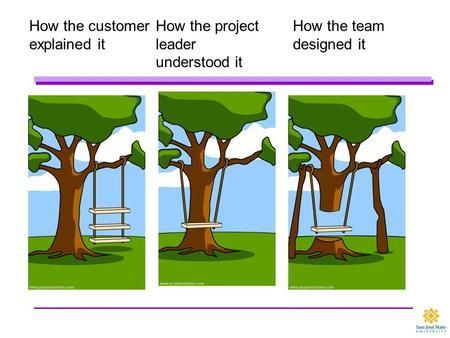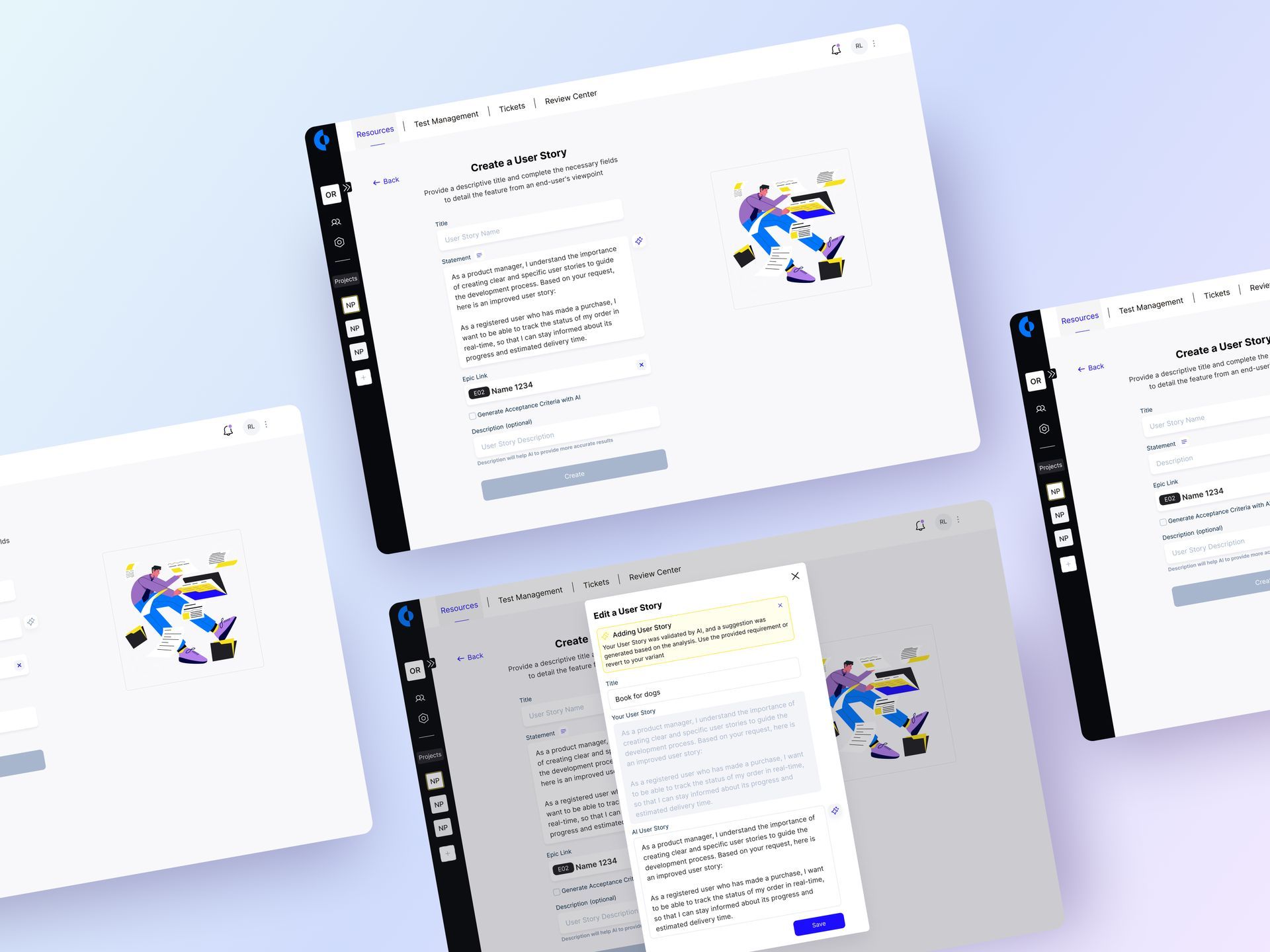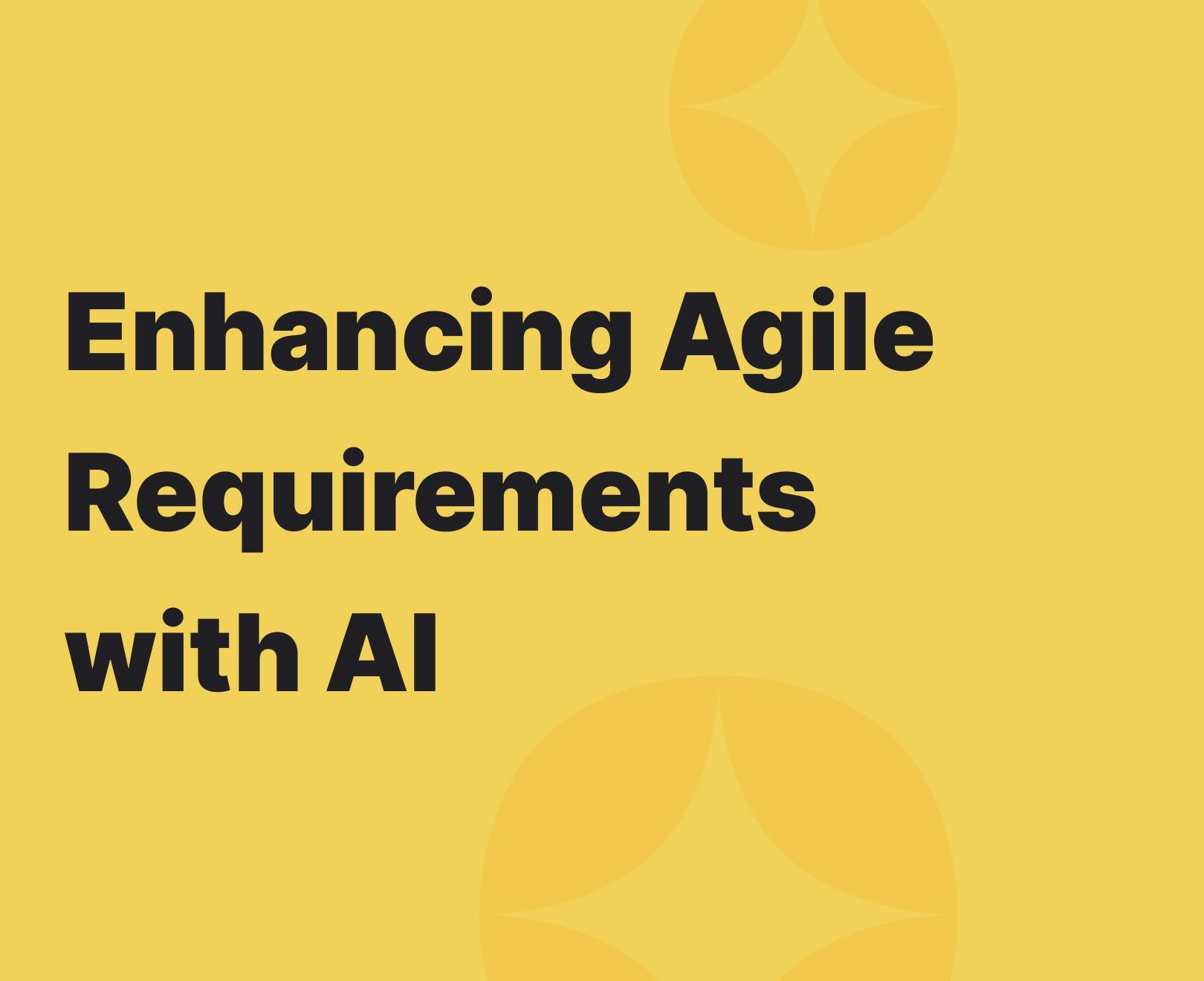Get in touch
+34613893562
info@mindygem.com
The landscape of software development is continually evolving, with efficiency and precision at its core. In this context, the role of product requirement documents (PRDs) is crucial. These documents, encompassing everything from briefs and project proposals to detailed epics and user stories, are the backbone of successful project execution.
Understanding Requirement Documents:
Requirement documents serve as a roadmap for development teams. They vary from project proposals, which offer a high-level overview, to epics and user stories in agile methodologies, breaking down functionality into actionable components.
The Importance of Effective PRDs:
Effective PRDs are crucial for aligning team efforts, setting clear goals, and managing client expectations. They act as the foundational blueprint guiding developers, designers, and stakeholders.
What is the Requirement?
A requirement is something that a computer application must do for its users.
It is a specific function, feature, quality, or principle that the system must provide in order for it to merit the tested application into the production environment by
deploying the code libraries to the destined machines, training the users, and fine-tuning the business procedures surrounding the new system and make changes to the working system in the production environment to adapt to ongoing business changes (legislative, competitive), technology changes (hardware, software, and communications), physical changes (location, configuration), personnel (information technology [IT], user), system issues (code bugs, design problems) and even office politics.
The Challenge of Crafting PRDs:
Creating PRDs is a complex task. According to Tecnova, 80% of rework in software development can be traced back to poor requirements gathering. Furthermore, the Project Management Institute highlights that inaccurate requirements gathering can lead to project failure 37% of the time, and the Standish Group reports a 31% project cancellation rate due to poor requirements.
Common Pitfalls in Requirements Gathering:
There are several pitfalls in traditional requirements gathering.
One reason that requirements documents are often so bad is that requirements gathering frequently follows an unproductive route. For example, it may be ignored; in that case,
the development team jumps to a solution, resulting in a design based on unwritten and
not agreed-upon assumptions about how the system should work.
Or requirements gathering becomes an end in itself, and pages of “requirements” are gathered, documented, crossreferenced, and distributed, resulting in analysis paralysis and cancellation of the project before the rest of the lifecycle can even be started.
Or the requirements may be dictated by a single user, system owner, or high-ranking manager, resulting in a system that works only for that person, to the dissatisfaction of everyone else.
None of these methods produces satisfactory input to the analysis activity.

Challenges in Traditional Techniques:
Traditional documentation techniques often lack proper checks and balances, making it difficult to avoid duplications or conflicts in requirements. Critical challenges identified by Kauppinen et al. in the execution of a Requirements Engineering (RE) process include defining the RE process scope, providing adequate training, and choosing proper measurement tools.
The Neglect of Quality Requirements (QRs):
QRs are often overshadowed by Functional Requirements (FRs). Late integration testing often reveals QR defects, leading to rework. Changes in FRs can impact QRs, and conflicting stakeholder requirements can further degrade the quality.
The AI Revolution in Requirements Creation:
AI-powered tools like MindyGem are revolutionizing requirement documents creation. By analyzing data MindyGem generates briefs, project proposals and detailed user stories and their acceptance criteria, tailored to specific project needs.

MindyGem: A Case Study in Efficiency:
MindyGem stands out for its ability to rapidly generate requirement documents, simplifying complexity and reducing inaccuracies. This leads to a significant decrease in rework and project failure rates.
Conclusion:
The integration of AI in creating product requirement documents marks a significant shift in agile development. Tools like MindyGem are essential in modern software development, saving time, reducing errors, and ensuring project success. As agile methodologies evolve, the role of AI-powered requirement documentation tools will become increasingly indispensable.


